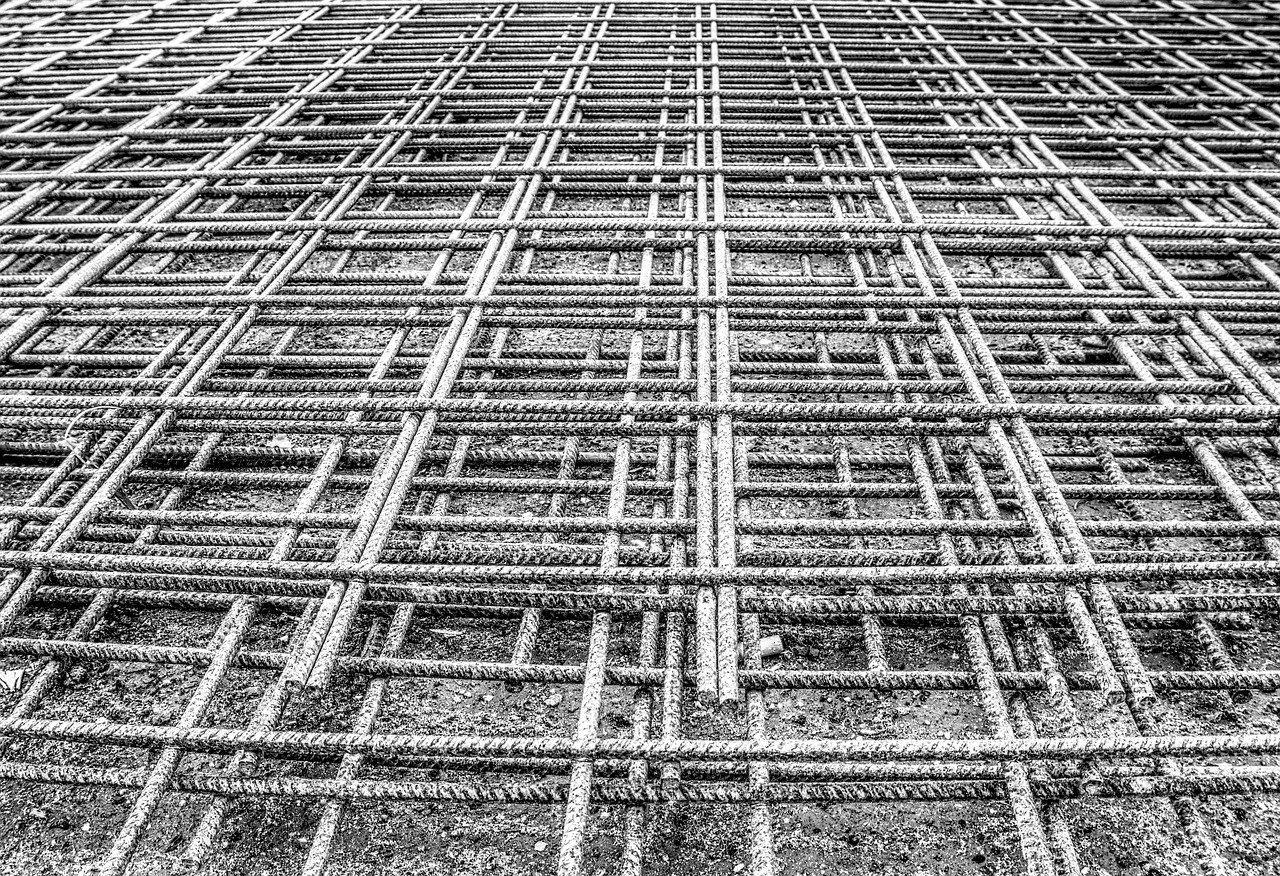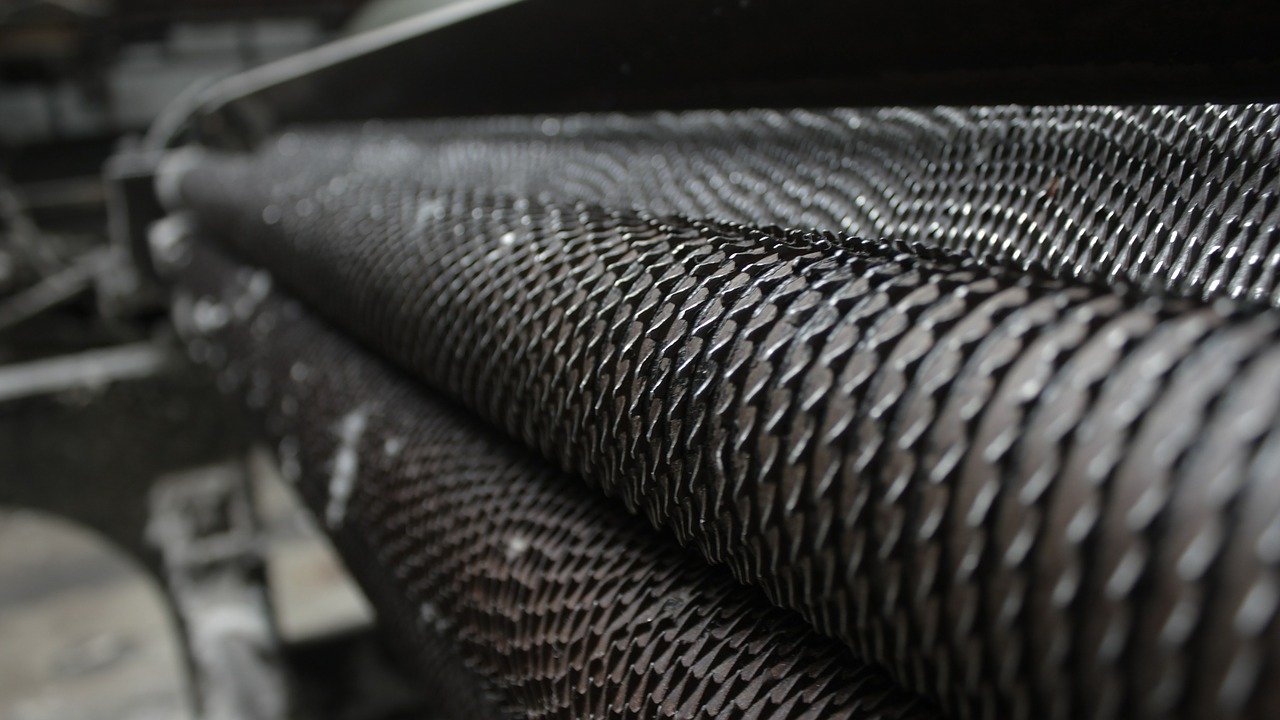This year’s Consumer Electronics Show (CES) in Las Vegas was four days of new technology after new technology being unveiled. From the big players of tech to budding start-ups, CES was rife with ideas from the innovative to the tad bit silly.
However, one technology really shined through – 3D printing. Anyone with their ear to the ground on new technology and engineering advancements will be intrigued by 3D printing. It has revolutionized the way we think about production and it’s only just beginning. At this year’s CES expo, a number of companies revealed new printer models aimed at the everyday consumer.
MakerBot truly stood out from the pack this year when it comes to 3D printing, announcing a range of new models at its press conference led by CEO Bre Pettis. The company revealed its new “one-touch” Replicator Mini, a more compact edition of its desktop Replicator model. The new mini printer is aimed at new users but comes with the features that experienced users expect, according to MakerBot, with a simple “plug and play” design.
On a much larger scale, there’s the Replicator Z18 printer, which is tasked at much heftier printing such as extra-large industrial prototypes and products, manufacturing multiple products at once. The Z18 is also app and cloud enabled.
“It has a massive 30.5 L x 30.5 W x 45.7 H cm (12.0 L x 12.0 W x 18.0 H in) build volume, yet is cost effective as it uses low cost consumables, such as MakerBot PLA Filament,” explains the MakerBot statement.
“MakerBot believes these new MakerBot 3D Printers are exciting additions that will accelerate MakerBot’s mission to put a MakerBot on the desktop of every engineer, architect, industrial designer, entrepreneur, and educator, as well as in every home. It is MakerBot’s goal that these new products expand its presence in the market by providing a family of 3D printing solutions for both professionals and consumers.”
Taiwanese company XYZ Printing may have piqued the most interest at this year’s CES, though, with its da Vinci 2.0 printer, easily the most affordable model thus far, which will retail at about $499 upon its release in March. This differs greatly from MakerBot’s Mini model, which comes in at $1,375. The da Vinci 2.0 is aimed at small- to medium-sized businesses and even households so XYZ Printing is certainly aiming at a smaller, but potentially very lucrative, niche for their products.
While 3D printers dominate a lot of engineering discussions of late, let’s look at the flipside – 3D scanning.
Canadian firm Matterform chose CES 2014 to reveal the “world’s first affordable high-resolution 3D scanner”. The scanners allow the user to scan a physical 3D object to obtain its specs and create accurate images to share and use for further production.
“We thought it would be popular with the hacker/maker crowd,” said co-founder Adam Brandejs, “but the applications are much broader than that. We’ve had interest from designers, artists, archeologists, dentists and even parents who want to scan their kids’ artwork.”
Scanning provides just the right complement to 3D printing and we could see a rise in engineering firms using both technologies to even further advance production methods, by scanning older, already-manufactured models and producing higher quality models through the use of a printer.
The broader interest in 3D printing and scanning indicated at CES 2014 shows that 2014 will be an interesting year for 3D printing as it moves further and further into the mainstream field.







